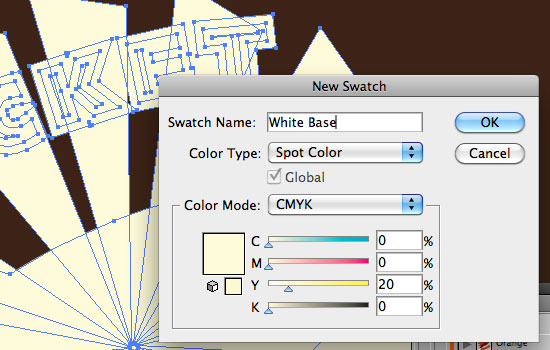


305 divided by 5 = 61 <- that value is known as "LPI" (Lines Per Inch)Īfter 28 years in screenprinting, I'm going to share with you one of the most important secrets that most "separators" are not aware of or do not follow. Simply put, take the screen mesh value and divide that by 5 (I prefer 4.73) Let's assume the screen mesh will be 305 (which is standard for four color process printing) so. It is the screen mesh that is going to be used for the screenprinting which dictates the dot size to use on your films. This step is perhaps the most crucial! There is a formula for this which generally must be followed, otherwise the resulting screenprint Will likely contain crazy morei patterns. In the drop down menu select Halftone screen then click ok.Īs a side note, in that dialog window, 300 pixels per inch has nothing to do with the halftone sizes or anything else other than just the file's resolution This will open up your bitmap mode options. To do this, we need to convert the cyan channel to bitmap color mode. Now it's time to create the halftone dots right in the image itself. This will open a new Photoshop document with that new cyan channel you just duplicatedĤ). This will open another dialog box asking where to save this duplicate. Now we need to convert the color mode to Multichannel.ģ) Now in your channels pallet, right click on the cyan channel and select duplicate CAUTION: DO THIS ON A COPY OF YOUR ORIGINALġ) If your image in Photoshop is not already in CMYK color mode, convert it now.Ģ) In Photoshop, make sure your channels pallet is visible. Here is the step-by-step process to follow. This process will create you're halftone dots right into the image itself that you will see on your computer screen. Unless your printer is postscript or you are using rip software, your only option to be able to print Halftone separations, is to use Photoshop and convert each channel to bitmap mode.


 0 kommentar(er)
0 kommentar(er)
